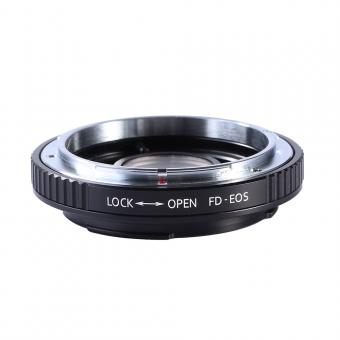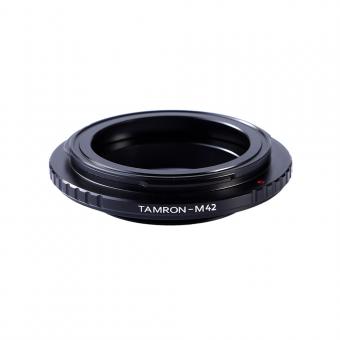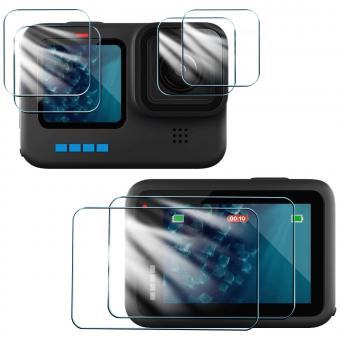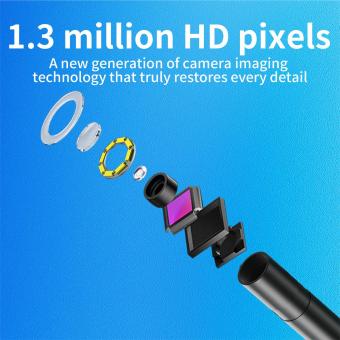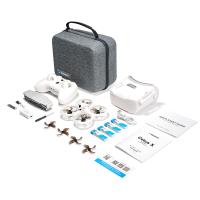What Can I Expect After An Endoscopic Ultrasound ?
After an endoscopic ultrasound, you can expect to experience some mild discomfort or soreness in the throat for a short period of time. You may also have a slightly hoarse voice or a feeling of bloating due to the air that was used during the procedure. These symptoms should resolve within a day or two. Your doctor will provide you with specific instructions on how to care for yourself after the procedure, including any dietary restrictions or medications to take. It is important to follow these instructions and to contact your doctor if you experience any severe pain, bleeding, or other concerning symptoms.
1、 Post-procedure recovery and potential side effects
After an endoscopic ultrasound (EUS), you can expect a relatively quick recovery with minimal side effects. EUS is a minimally invasive procedure that combines endoscopy and ultrasound to obtain detailed images of the digestive tract and surrounding organs. It is commonly used to diagnose and stage various gastrointestinal conditions, such as pancreatic cancer, gallbladder diseases, and gastrointestinal tumors.
Post-procedure recovery from an EUS is generally well-tolerated. You may experience some mild discomfort or a sore throat due to the endoscope insertion, but this usually subsides within a few hours. It is common to feel bloated or gassy for a short period after the procedure, as air is introduced into the digestive tract during the examination. However, these symptoms typically resolve on their own.
In rare cases, more serious complications can occur, such as bleeding, infection, or perforation of the gastrointestinal tract. However, the risk of these complications is extremely low, especially when the procedure is performed by an experienced gastroenterologist.
The latest point of view regarding EUS is that it continues to be a valuable tool in diagnosing and managing gastrointestinal conditions. Advancements in technology have improved the quality of images obtained during the procedure, allowing for more accurate diagnoses. Additionally, EUS can now be used for therapeutic purposes, such as guided biopsies, drainage of fluid collections, and tumor ablation.
In conclusion, after an endoscopic ultrasound, you can expect a smooth recovery with minimal side effects. It is important to follow any post-procedure instructions provided by your healthcare provider and to contact them if you experience any concerning symptoms. EUS remains a safe and effective procedure for diagnosing and managing gastrointestinal conditions.

2、 Diagnostic accuracy and potential follow-up procedures
After an endoscopic ultrasound (EUS), you can expect several outcomes related to diagnostic accuracy and potential follow-up procedures. EUS is a minimally invasive procedure that combines endoscopy and ultrasound to obtain detailed images of the digestive tract and surrounding organs. It is commonly used to evaluate and diagnose various gastrointestinal conditions.
In terms of diagnostic accuracy, EUS has shown to be highly effective in detecting and staging gastrointestinal tumors, such as pancreatic, esophageal, and rectal cancers. It provides detailed images of the tumor's size, location, and involvement with nearby structures, aiding in treatment planning and prognosis assessment. EUS also allows for the sampling of tissues or fluids through fine-needle aspiration (FNA) or fine-needle biopsy (FNB), providing valuable information for further analysis.
Following an EUS, the next steps will depend on the findings and the purpose of the procedure. If a suspicious lesion or tumor is detected, a biopsy may be performed during the EUS or scheduled for a later date. The obtained tissue samples are then sent to a pathology laboratory for analysis. The results of the biopsy will help determine the nature of the lesion, whether it is benign or malignant, and guide further treatment decisions.
In some cases, additional procedures may be recommended based on the EUS findings. For example, if a pancreatic cyst is identified, further evaluation may be necessary to determine its risk of malignancy. This can involve additional imaging studies, such as magnetic resonance imaging (MRI) or endoscopic retrograde cholangiopancreatography (ERCP), or surveillance with repeat EUS at regular intervals.
It is important to note that the field of EUS is constantly evolving, and new techniques and technologies are being developed to enhance its diagnostic accuracy and therapeutic capabilities. For instance, advanced imaging modalities like contrast-enhanced EUS and elastography are being increasingly utilized to improve the characterization of lesions and differentiate between benign and malignant tissues.
In summary, after an endoscopic ultrasound, you can expect a high diagnostic accuracy for detecting and staging gastrointestinal tumors. Potential follow-up procedures may include biopsies, additional imaging studies, or surveillance depending on the findings. The latest advancements in EUS techniques continue to improve its diagnostic capabilities and provide more precise information for patient management.
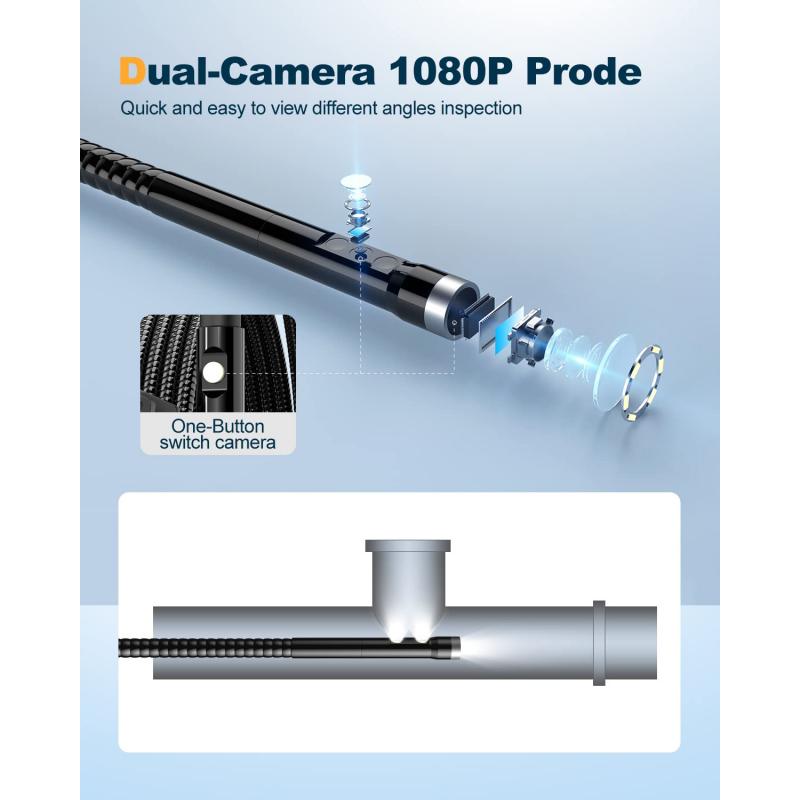
3、 Management and treatment options based on ultrasound findings
After an endoscopic ultrasound (EUS), you can expect several outcomes and management options based on the ultrasound findings. EUS is a minimally invasive procedure that combines endoscopy and ultrasound to obtain detailed images of the digestive tract and surrounding organs. It provides valuable information about the structure and function of the gastrointestinal system, aiding in the diagnosis and management of various conditions.
Once the EUS is completed, the ultrasound findings will be analyzed by a specialist, typically a gastroenterologist or a surgeon. The management and treatment options will depend on the specific findings and the suspected or confirmed diagnosis. For example, if a tumor is detected, further evaluation may be required to determine its nature (benign or malignant) and stage. This may involve additional imaging tests, such as computed tomography (CT) or magnetic resonance imaging (MRI), or even a biopsy to obtain tissue samples for analysis.
Based on the ultrasound findings, the management options can vary widely. If a benign lesion or cyst is identified, a watchful waiting approach may be recommended, with regular follow-up to monitor any changes in size or appearance. In some cases, intervention may be necessary, such as draining a fluid-filled cyst or removing a polyp.
If a malignant tumor is detected, treatment options will depend on the type, stage, and location of the cancer. Surgery may be recommended for localized tumors, while advanced cases may require a combination of chemotherapy, radiation therapy, and targeted therapies. In recent years, there has been a growing interest in using EUS-guided interventions for the treatment of certain conditions, such as drainage of pancreatic pseudocysts or delivering targeted therapies directly to tumors.
It is important to note that the management and treatment options are constantly evolving as new research and technologies emerge. Therefore, the latest point of view may include advancements in EUS techniques, such as the use of contrast agents or elastography, which can provide additional information about tissue characteristics and improve diagnostic accuracy.
In summary, after an endoscopic ultrasound, the management and treatment options will be based on the ultrasound findings and the specific diagnosis. These options can range from watchful waiting to more invasive interventions, depending on the nature and severity of the condition. It is essential to consult with a healthcare professional to discuss the ultrasound findings and determine the most appropriate course of action.
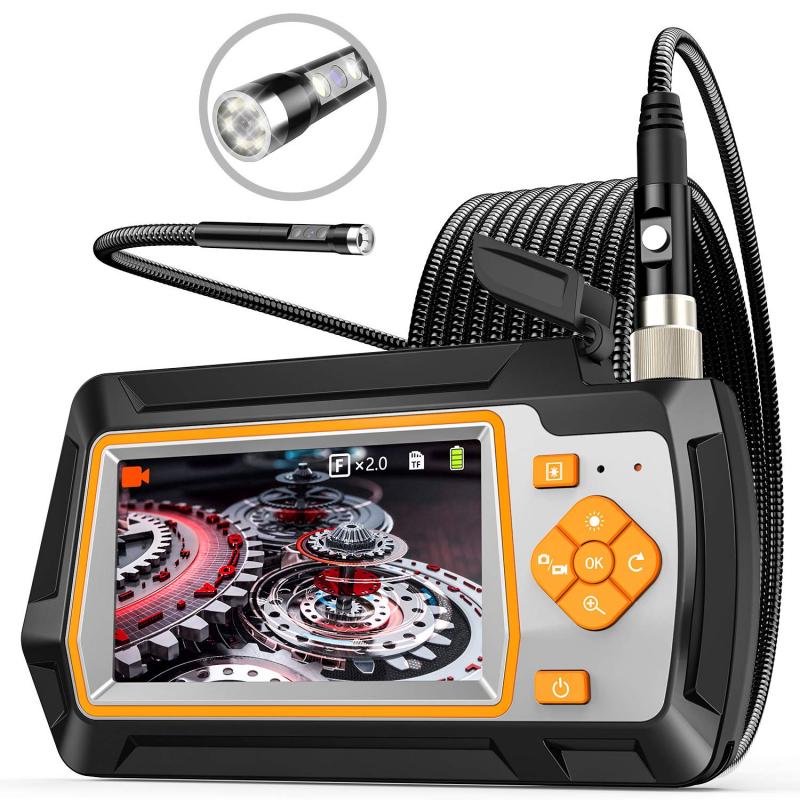
4、 Potential complications and their management
After an endoscopic ultrasound (EUS), patients can expect a few potential complications, although they are relatively rare. It is important to note that the benefits of an EUS usually outweigh the risks. The most common complications include bleeding, infection, and pancreatitis.
Bleeding: In some cases, a small amount of bleeding may occur at the site where the EUS was performed. This is usually minor and stops on its own. However, if significant bleeding occurs, it may require further intervention such as endoscopic therapy or, in rare cases, surgery.
Infection: Infection is a rare complication of EUS. The risk of infection can be minimized by following proper sterile techniques during the procedure. If an infection does occur, it can usually be treated with antibiotics.
Pancreatitis: Pancreatitis is the most serious complication of EUS, but it is also rare. It occurs when the pancreas becomes inflamed. Symptoms may include severe abdominal pain, nausea, and vomiting. If pancreatitis occurs, hospitalization and supportive care are usually required. Most cases of pancreatitis resolve on their own, but in rare cases, it can lead to more serious complications.
It is important to discuss these potential complications with your healthcare provider before undergoing an EUS. They will be able to provide you with more specific information based on your individual circumstances. Additionally, advancements in technology and techniques have improved the safety profile of EUS, reducing the risk of complications even further.







